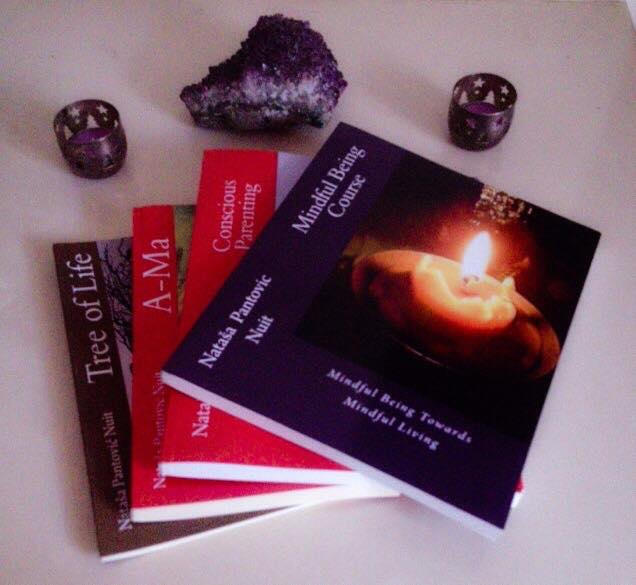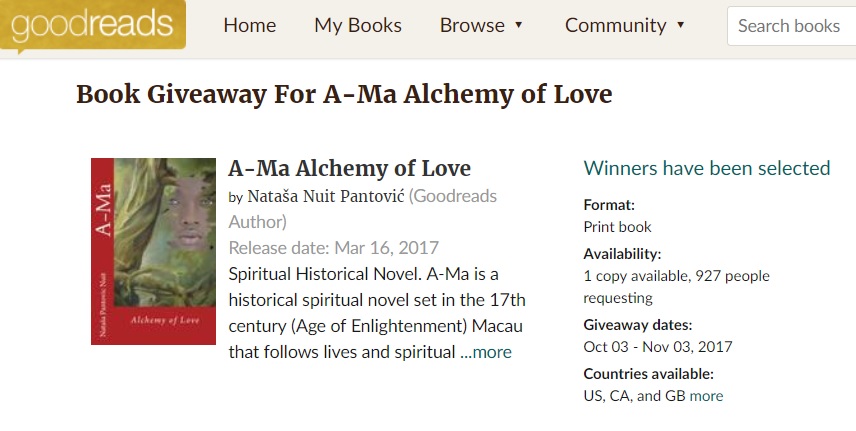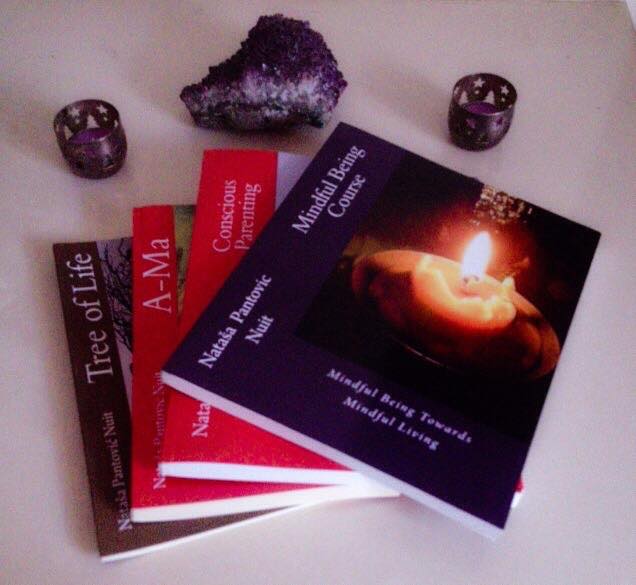Esoteric Teachings of Ripley’s Scrolls
Age of Enlightenment Mysticism within Christian Art
Respecting the knowledge of Alchemists, within this dynamic orphic, hermaphrodite Universe of consciousness manifestations, we now examine the mysticism within teachings of the 16th / 17th century Ripley’s Scrolls.

Hermes old man with egg shaped vase Ripley alchemy scroll, Royal College of Physicians of Edinburgh Ripley’s Alchemical Scrolls
Hermes Trismegistus and What is Alchemy?
At the top of the Ripley’s Scrolls, a large, robed, bearded figure greets the researchers wishing to enter this magic dance of words and drawings. Identified as an Egyptian God of Healing Thoth or Hermes Trismegistus (thrice-greatest), the legendary figure of Alchemists, is the first one we meet holding an egg-shaped vase and observing seven alchemy processes, used in transformation of metals into gold.
Ancient Alchemy Exploration and George Ripley within Ripley’s Scrolls
George Ripley was a sovereign in Yorkshire living from 1415 to 1495, Poet, Alchemist and Author of The Compound of Alchemy. The Alchemist George Ripley was in a pursuit of the Philosophers' Stone.
Satisfying yours forever thirsty curiosity, this story travels through the channels of Cam, ascends the hills of Edinburgh and enters Oxford’s castles, exploring very rare Ripley’s Alchemical manuscripts that use both verses and images to portray ancient esoteric teachings.
For all the mystical researchers, apparently there are only 21 in total, 16 of these alchemical manuscripts are in the UK; inside the Libraries in London, Oxford and Cambridge.





